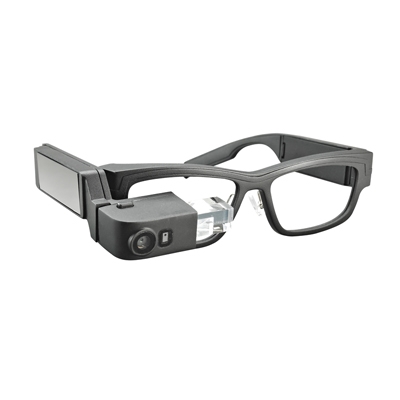What is Long Term Exposure Monitoring?
Long Term Exposure Monitoring is the act of monitoring a worker's exposure to hazardous airborne substances across their entire working schedule. For long-term exposure monitoring, the measurements are made using a Time-weighted Average (TWA) concentration in which samples of a worker's breathing zone are made over the entire workday and averaged. Exposure is measured against Threshold Limit Values (TLVs) and are often monitored in conjunction with Short Term Exposure Limits (STELs).
Benefits of Long Term Exposure Monitoring
Long term exposure limits are usually determined by governmental or regulatory bodies and often mandated. Benefits of actively monitoring hazardous exposure is improved employee health, and a reduction of lost-time injuries and occupational health lawsuits.
How Do the Following Wearables Provide Long Term Exposure Monitoring?
There are two leading methods of monitoring personal toxic gas exposure for industrial workers. The most accurate way is to provide workers with a personal toxic gas monitor, which monitors the air directly in the worker's vicinity at all times. An alternative approach is to provide workers with location tracking devices and mount fixed toxic gas monitors within the working environment where the threats are expected to occur, then combine the two data sources and monitor personal limits remotely using software.
Due to power requirements and technology constraints, most personal gas monitors on the market are relatively bulky and will not always be carried by all personnel that may be exposed to threats. However, personal toxic gas monitors come with the benefit of being more accurate and can alert the worker immediately when they have reached a limit. Alternatively fixed or wall-mounted sensors in combination with wearable location tracking devices are far more prevalent, affordable, and lightweight, but will require third-party software to combine the air-quality measurements with worker locations.
Related Workplace Applications
Employee Location Tracking,
Short Term Exposure Monitoring &
Occupational Health and Safety
|
|
The SiME Smart Glasses provide real time information for anyone in any environment. With a touch interface and no requirements of other... |
|
|
The AeroScout T3 Advanced Wi-Fi Tag is a slim, battery powered, wireless device that allows the tracking and locating of an asset or an... |
|
|
The iTAG100 Intrinsically Safe Tag is the intrinsically safe version of the T2 Wi-Fi Tag giving a real time location of assets and... |
|
|
The T2 Wi-Fi Active RFID Tag is a real-time location tracker of assets and personnel. It uses a standard Wi-Fi network to determine the... |
|
|
This small device tag can monitor and track the location of assets and personnel visibility in real time using Ultra-Wideband (UWB)... |
|
|
Worn on the Torso
and used
for Industrial applications.
The Leica Pegasus Backpack is a reality capture sensor platform that provides a mobile mapping solution. The wearable backpack contains 5... |
|
|
Worn on the Wrist
and used
for Industrial applications.
The Zebra WT6000 is a multipurpose computing device that is worn on the wrist and a part of Zebra's line of Total Wearable Solutions. It is... |
|
|
Worn on the Head
and used
for Industrial applications.
The Smart Helmet Clip is an industrial-grade wearable device that facilitates safer productivity in heavy industries.
It has a modular... |
|
|
TZOA is the first wearable Envrio-Tracker. Users clip the small device to their clothing, where it monitors environmental elements such UV... |
|
|
Worn on the Wrist
and used
for Lifestyle & Fitness applications.
The Leikr GPS sport watch is designed for accessible, realtime functionality through WiFi connectivity and a propriety Linux based... |









